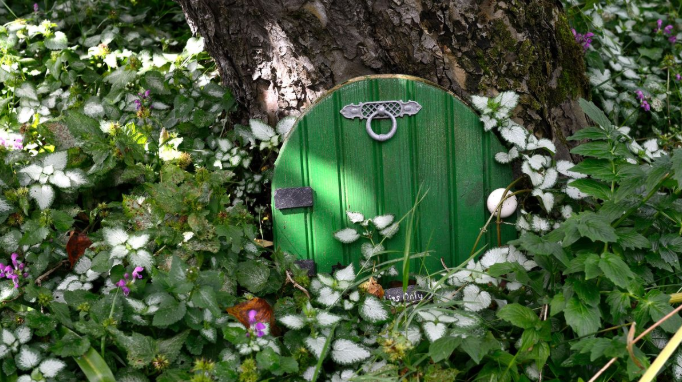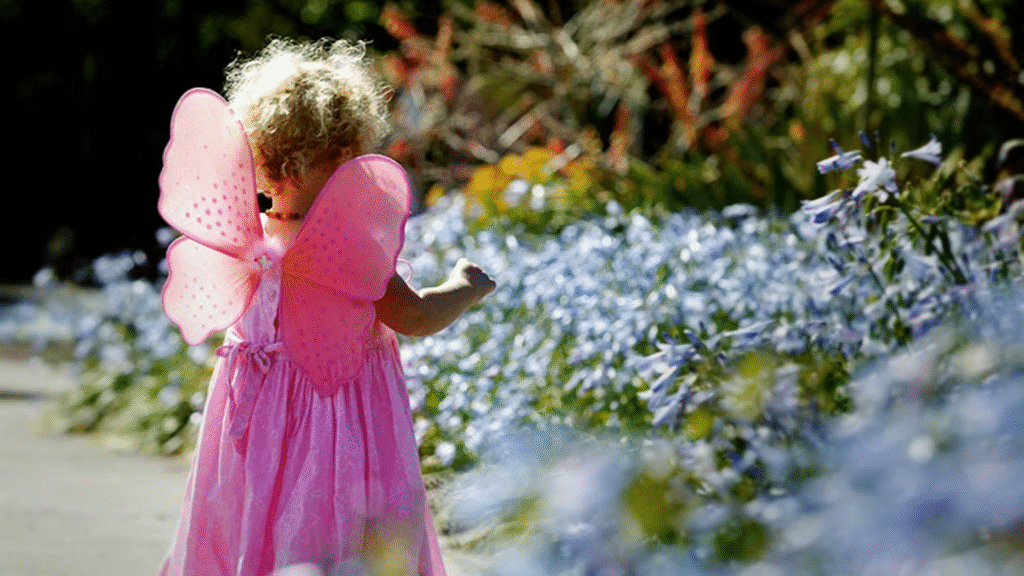Create Your Own Fairy Garden: A Magical Guide for Nature Lovers

Building a fairy garden is one of the most enchanting ways to connect creativity, nature, and imagination. Whether you are an adult seeking relaxation or a child exploring magic, this miniature world brings joy and peace. Each fairy garden tells a unique story filled with charm, color, and wonder.
If you’ve ever dreamed of designing a tiny paradise where fairies dance among flowers, this guide will show you exactly how to make it happen. Let’s explore the world of fairy gardens step-by-step — from design ideas to maintenance and decoration tips.
What Is a Fairy Garden
A fairy garden is a small decorative garden filled with miniature plants, houses, and fairy figures. These magical spaces can be created indoors, outdoors, or even in containers. Many people design them to spark imagination and reduce stress.
Each fairy garden represents a personal fantasy world. It can be simple or detailed, rustic or elegant. Because every item tells a story, these gardens often reflect the creator’s personality. With creativity and care, anyone can bring this whimsical dream to life.
Why You Should Create a Fairy Garden
Designing a fairy garden offers countless benefits. It encourages relaxation, mindfulness, and creativity. Moreover, it enhances any outdoor or indoor space.
People love fairy gardens because they provide an escape from daily routines. They invite you to slow down and appreciate small details. Creating one also teaches patience and artistic balance. Above all, this joyful project connects you with nature in a meaningful way.
Choosing the Perfect Location for Your Fairy Garden
Location determines how well your fairy garden thrives. Most gardeners choose sunny spots with partial shade. A protected area helps prevent damage from rain or wind.
If you prefer indoor gardening, a window box or tabletop container works beautifully. Outdoor fairy gardens, on the other hand, can flourish under trees or near flower beds. By selecting the right location, your miniature world will remain vibrant throughout the seasons.
Essential Materials and Tools

Every fairy garden begins with the right materials. You’ll need a container or garden space, quality potting soil, and miniature plants. Decorative items such as fairy houses, bridges, and lights add personality.
Gather small pebbles, moss, and twigs to create natural textures. Use small gardening tools for precision work. Planning your materials in advance saves time and allows smoother garden assembly.
Selecting the Right Plants
Plants bring your fairy garden to life. Choose varieties that remain small and easy to maintain. Succulents, ferns, mosses, and miniature roses are perfect choices.
Consider your garden’s environment before planting. Indoor gardens need low-light plants, while outdoor ones thrive with sun-loving types. Combining textures and colors enhances the garden’s magical appearance. Healthy plants keep the fairy kingdom alive year-round.
Designing Your Fairy Garden Layout
Design is where imagination takes flight. Arrange paths, houses, and plants to create balance. Start by placing larger items like fairy homes or trees, then add smaller decorations.
Use curved pathways to make your fairy garden feel natural. Layering different heights creates depth and realism. Don’t overcrowd the space — fairies love open areas to “dance.” Each detail should guide the viewer’s eyes through a tiny enchanted story.
Adding Miniature Decorations
Miniatures are the heart of every fairy garden. These tiny objects transform plain spaces into fantasy worlds. Popular items include fairy doors, benches, ponds, and animals.
Adding small LED lights can make your garden glow beautifully at night. Use natural materials like wood and stone to maintain harmony. Each accessory enhances the magic and makes your fairy garden truly one-of-a-kind.
Caring for Your Fairy Garden

Maintenance ensures long-lasting beauty. Water your fairy garden moderately and trim plants regularly. Avoid overwatering, especially in closed containers.
Keep decorations clean and check for mold or pests. Seasonal care is essential — refresh soil, replace broken items, and replant as needed. With consistent attention, your fairy world will continue to thrive for years.
Creative Fairy Garden Themes
Themes give personality to your garden. You can design a woodland fairy village, a seaside paradise, or a mystical moonlit forest. Each theme tells a story and guides decoration choices.
For example, a beach theme could include seashells and blue pebbles, while a forest theme might feature mushrooms and mossy stones. Themed fairy gardens spark imagination and make every project unique.
Indoor vs Outdoor Fairy Gardens
Indoor fairy gardens are ideal for small spaces. They need less maintenance and are protected from harsh weather. Outdoor versions, however, allow for more creativity and larger displays.
Indoor setups often use containers, while outdoor gardens can spread across the ground. Both styles bring magic into daily life, and each offers different design opportunities. Choose what best fits your lifestyle and space.
Sustainable Fairy Gardening

Creating an eco-friendly fairy garden supports both magic and nature. Use recycled containers, organic soil, and native plants. Avoid plastic decorations when possible.
Composting garden waste and using rainwater are excellent green practices. Sustainability not only protects the planet but also deepens your connection with nature. Every choice you make contributes to a healthier environment — and a happier fairy home.
Conclusion
A fairy garden is more than decoration; it’s a living piece of art. It brings calmness, creativity, and magic into everyday life. By using thoughtful design, care, and imagination, you can build a world that inspires happiness for years.
So, gather your tools, pick your plants, and start building today. Let your creativity bloom, and watch your fairy garden become a magical escape you’ll treasure forever.
FAQs
1. How often should I water my fairy garden?
Water lightly once or twice a week. Avoid soaking the soil to prevent root rot.
2. Can I make a fairy garden indoors?
Yes. Indoor fairy gardens thrive in containers near windows with filtered sunlight.
3. What are the best plants for fairy gardens?
Succulents, mosses, ferns, and small flowering plants work beautifully in fairy gardens.
4. How do I protect my outdoor fairy garden from weather?
Place it in a sheltered area, use sturdy materials, and bring delicate items indoors during storms.
5. Can children help make a fairy garden?
Absolutely! It’s a fun and creative family activity that encourages imagination and responsibility.



